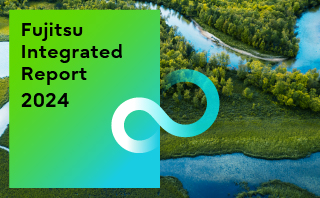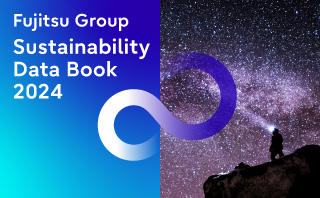-
Sustainability at Fujitsu Group
- Sustainability Management in the Fujitsu Group
- GRB(Global Responsible Business)Goals for FY2025
- GRB(Global Responsible Business)Goals and Achievments for FY2022
- Fujitsu's accessibility
- Stakeholder Engagement
- United Nations Global Compact
- SDG-related Activities in Fujitsu
- External Recognition and Awards
-
Global Responsible Business
- Environment
-
- Environmental Management
- The Fujitsu Group Environmental Vision on Climate Change
- Living in Harmony with Nature (Conservation of Biodiversity)
- Environmental Action Plan
- Environmental Data
- Environmental Communication
- Environmental Social Activities
- Disposal and Recycling of ICT products
- Environmental Considerations in ICT Products
- Governance
-
Data and Documents
- Fujitsu Group Sustainability Data Book 2024
- Social, Governance and Environmental data
- Independent Assurance Report

- GRI Standards / United Nations Global Compact (UNGC) principles Comparison Table
- SASB Standards Comparison Table
- Sustainability Information Disclosure Framework
- Link to regions responsible business reports
- Contact
- Sitemap
Stakeholder Dialogue
What defines corporate management that achieves sustainable growth amidst an ever-changing global situation?
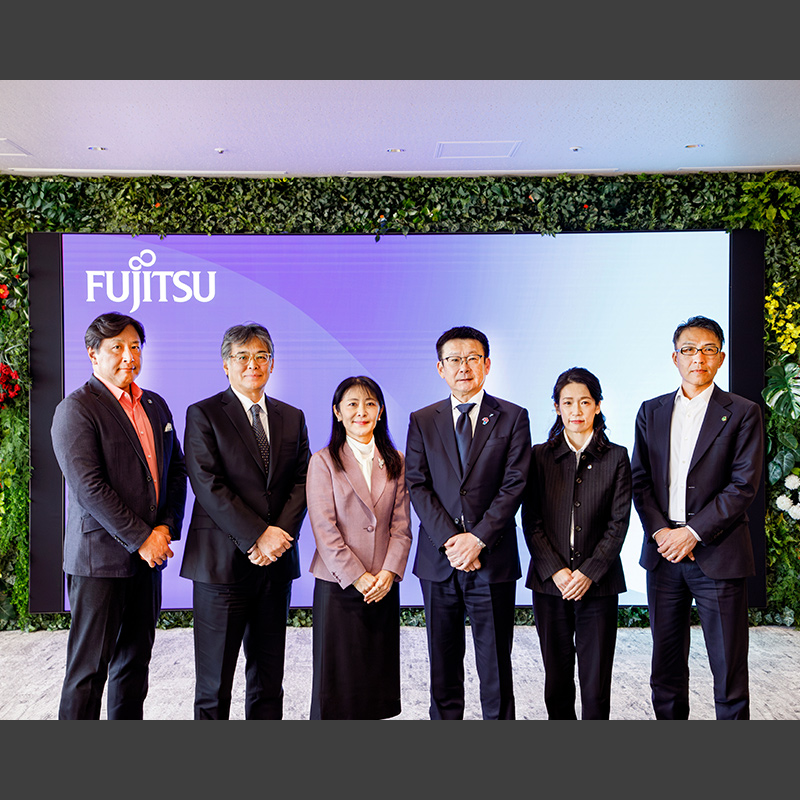
Since 2010, Fujitsu has engaged in dialogues with various external experts in order to leverage stakeholder opinions in management decisions. During the dialogue held in February 2025, we exchanged views with two experts on the theme of “What defines corporate management that achieves sustainable growth amidst an ever-changing global situation?”
Experts
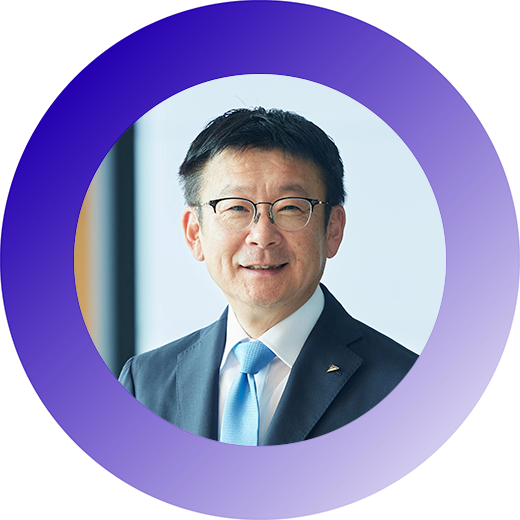
Mr. Naofumi Takenaka
Representative Director, President and COO
Daikin Industries, Ltd.
He joined the company in April 1986 and worked in the design and development of air conditioners, and later became General Manager of the Planning Department of Air Conditioning Manufacturing Division. After working as General Manager and then Deputy General Manager (in charge of business strategy) of Business Strategy Office of Air Conditioning Sales Division, he became Senior Associate Officer in 2017, Senior Executive Officer in charge of Human Resources and General Affairs in 2021, and Representative Director, President and COO (current position) since 2024

Dr. Yumiko Miwa
Full-time Professor, School of Commerce
Meiji University (Tokyo)
After completing a doctoral course at the Graduate School of Business, Osaka City University, she taught Institutional Investor Theory at the School of Commerce and Graduate School of Meiji University from 1996. From 2006 to 2007, she worked as a visiting scholar at the University of Michigan in the US. (The following positions as of FY 2024) Professor, School of Commerce at Meiji University / External Director, Eisai Co., Ltd. / External Director, Pigeon Corporation, among others
Fujitsu
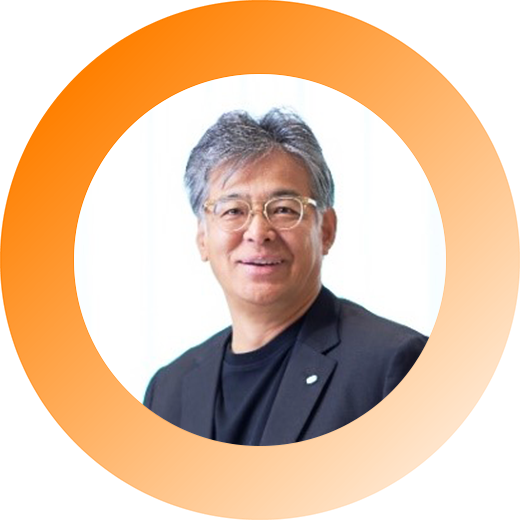
Takahito Tokita
Representative Director, CEO
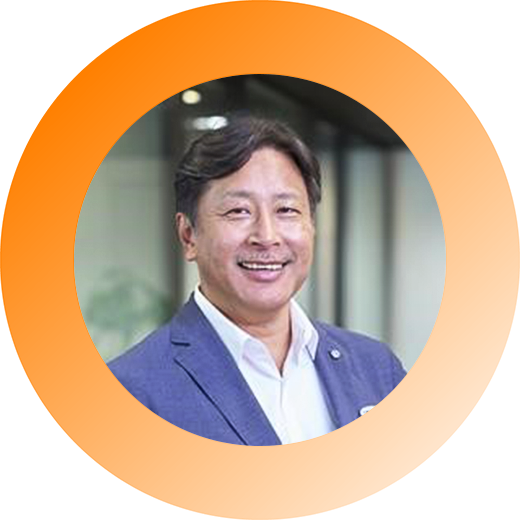
Shunsuke Onishi
Corporate Executive Officer, Corporate Vice President, COO and CRO

Naoko Otsuka
Corporate Executive Officer, EVP & Vice Head of Global Solutions
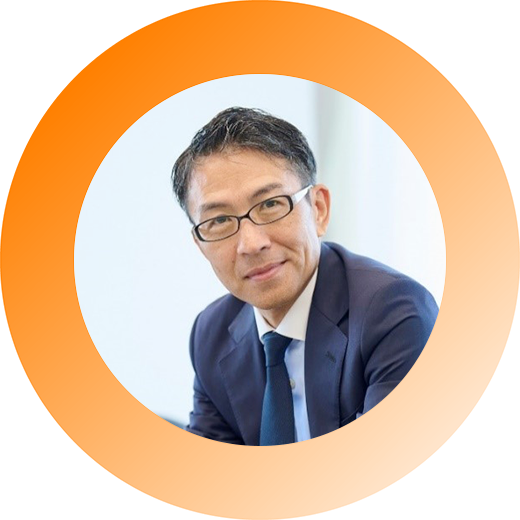
Takashi Yamanishi
Corporate Executive Officer, EVP, CSSO
*Title in FY 2024
On the Occasion of Stakeholder Dialogue 2024
Tokita:
When I became President, it was a time when the world was beginning to take a major turn toward sustainability. We have been taking on major challenges, such as responding to the COVID-19 pandemic, as well as reforming our working style and business portfolio.
The world is starting to undergo major transitions in 2025, and companies are beginning to revise their messages about sustainability and DE&I. Against this diverse background, there have been some changes in direction by companies may not have been adequately explained to their stakeholders, and we believe that we must explain ourselves and our own conduct to our stakeholders.
In addition to the relationship between business and sustainability, we feel that this dialogue must also bear the international situation in mind. We are very pleased to have with us Mr. Takenaka of Daikin Industries, which is addressing environmental issues head-on as a business, and Dr. Miwa, a specialist in dealing with stakeholders known as institutional investors, and who possesses extensive knowledge of corporate governance.
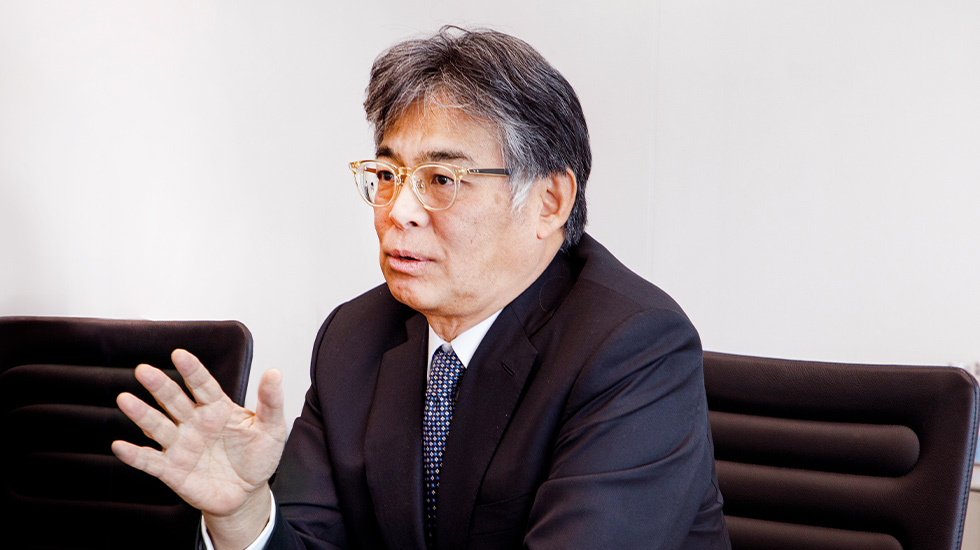
Introduction: Self-introductions, Business and Initiatives
CSSO Yamanishi (hereinafter Yamanishi)
After serving as Vice President, LSI and Electronic Component Procurement Division, Procurement Unit and General Manager of the Global Supply Chain Division, I assumed my current position last year, which is also closely involved with sustainability. This year, which marks the 90th anniversary of our founding, we are working toward our 2030 vision of becoming a technology company that achieves net positivity with digital services, through materiality.
COO, CRO Onishi (hereinafter Onishi)
We are leading the expansion of business with our clients across the globe while bolstering the governance of our front organization. The front organization is comprised of a large number of salespeople, and the human element has always been an important factor. However, we will continue here to reform our management with the power of digital technology while incorporating the insights of data-driven management, and change our salespeople's behavior by enhancing their own accountability, leadership, and other human skills, thereby maximizing the value transformation we provide to our clients and, as a result, our earnings as well.
EVP Global Solutions Otsuka (hereafter Otsuka)
I began my career in sales, and since 2023 I have been engaged with the Fujitsu Uvance venture, where I am responsible for creating new businesses. Fujitsu Uvance is a business that takes a cross-industry approach to social issues and provides digital services that contribute to client growth. We are promoting the formation of an ecosystem focused on solving social issues with the aim of achieving a sustainable world. We are proactively introducing Fujitsu's practical knowledge, including the ESG Management Platform and Uvance Wayfinders, to our clients while pursuing our initiatives.
Mr. Takenaka, Daikin (hereafter Takenaka)
As our business has been established for over 100 years, our business operates in more than 170 countries with more than 80% overseas employees of 100,000 employees, and we achieve 85% the total sales overseas. We have developed our factories based on the market-oriented production (note: a production strategy for producing products where there is market demand), in meanwhile, we figure out that diversity with global viewpoint become a management issue. Our Group Management Philosophy shows our commitment to solving social issues and contributing to sustainability, which is one of the fundamental management concepts to support further growth and development in the future. The key is DX initiatives that fully utilize digital technology and data in order to contribute to the environment and society while accelerating customers’ value creation. It is vital to visualize invisible air to provide the value of air as well as to advance the sustainability management. We are discussing not only how to disclose non-financial information, but also how to visualize the competitiveness of ESG activities and contribution to the society. “How to utilize data for management transformation?” I think that there is a need to change the existing process of business management and key indicators. As a leading company of air conditioning and HVAC systems, I believe that we should collaborate across industries by sharing and integrating ESG data.
Meiji University, Dr. Miwa (hereinafter Miwa)
The concept of impact (value creation for society as a whole, including companies) can be broadly divided into two perspectives. The first is sustainable management centred on the disclosure of risks and opportunities based on the TCFD (Task Force on Climate-related Financial Disclosures). The second is the visualisation of the positive impact of corporate activities on society and the environment. The former involves disclosing risks and opportunities arising from external factors such as the global environment and political events, which falls under the single materiality disclosure category. Today, the disclosure of such information is mandatory in annual securities reports, and listed companies are working to disclose it. However, investors are more concerned about how sustainability initiatives relate to their business and how they are linked to value creation. Going forward, companies will be expected to visualize the positive social and environmental impact generated by their business activities, rather than merely disclosing risks.
This constitutes the latter perspective of impact.
Japanese companies are proactively disclosing their ESG and materiality information, but the key issue is whether their strategies and state of progress can be applied to effective corporate assessments. Visualizing the impact using a logic model, such as how much impact a company has the potential to create, how it will increase revenue and corporate value in the process, what are the key drivers and specific measures to achieve this, and how feasible they are, will ultimately prove more persuasive. Since investors evaluate companies in relative terms, usefulness, rigor, and feasibility of non-financial impact disclosures are essential criteria. Disclosures that are logically structured, evidence-based, and linked to measurable outcomes will carry greater persuasive power and become increasingly central to strategic corporate evaluations.
Management Practices Based on Financial and Non-financial Causality
Tokita:
We always talk about being both purpose-driven and data-driven at the same time. When it comes to data-driven, we have not reached the point of disclosure, but we have been tracking and analyzing the causality of all data for several years. We have been communicating the usefulness of data analysis within the company, but even if we can determine correlations and causality, I think the biggest challenge is how to reflect and apply the results to business operations.
Yamanishi:
We have constructed a dashboard to analyze the correlation between internal financial and non-financial data with our solution, the ESG Management Platform, to allow us to visualize positive and negative correlations and the strengths and weaknesses of said correlations. At this time, we have not determined whether raising the parameters will lead to higher operating revenues. In FY2025, we intend to capture the characteristics of each organization and begin using this data as a reference for each organization to set their own goals.
Takenaka:
To increase our corporate value, we are considering how to express the impact of our activities on the society and our customers. Until now, we successfully expand our global operation by providing each employee the environment where he/she plays an active role, which is the fundamental philosophy that the growth of the company comes from the growth of all employees. Now, it is not easy to explain the correlation between our human capital policy, non-financial information and corporate value, which are recently called by investors and stakeholders. As one of our efforts, for example, we are organizing a database of our 100,000 employees worldwide to visualize each employee's job histories and strengths.
Tokita:
While the answers derived from the dashboard represent the results of the reforms we have made so far, we do not know what they will suggest for the future. Scenarios and stories will need to be adjusted according to the unique characteristics of each business, and if employees do not understand the background, a misconception will arise that as long as employee satisfaction increases, profits will too. It is necessary to analyze and utilize internal date carefully, because innovation will cease to arise when actions are based on target figures.
Takenaka:
Taking the opportunity that last year was our 100th anniversary, we called the executives from around the world together to discuss how we should grow and expand our business and what we should not compromise on for our growth. We believe that it is beneficial to regularly measure how much the executives and employees understand our corporate culture. Our strategies are created based on corporate culture. It is critical to have an organizational structure, job assignment and human resource development, which align with our corporate culture.
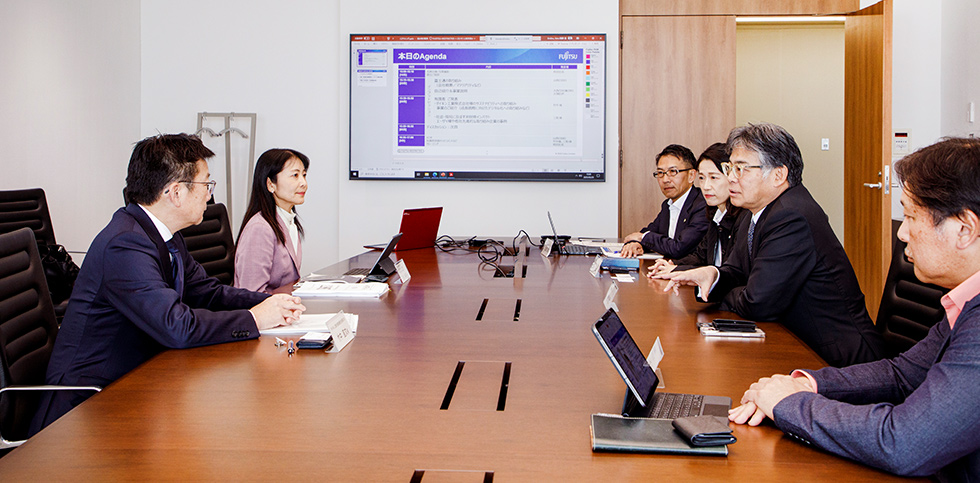
Enhancing the Management Base by Leveraging Diverse Human Resources
Takenaka:
We have 100,000 employees. Comparing to the other industries, we have low ratios of female employees and executives. However, we believe that it is essential not only to track the ratios, but also to make sure how we can increase the number of leaders who understand our corporate culture well and to quantify and visualize the issues and strengths of human resources.
Otsuka:
Looking at non-financial indicators alone, the focus falls on the ratio of female executives or employee retention rate, etc. However, the context precedes these indicators, and each business has its own differing perspective, such as the ideal state of each business and a strategy for personnel in relation to its business one. The dashboard alone does not fully represent that context, so I feel the difficult part of reading the analysis results is an issue.
Tokita:
The ratio of female managers, which is defined as a non-financial management indicator in the current Medium-term Management Plan, shows a positive correlation with financial indicators according to internal analysis. However, in developing business on a global scale, not only gender but also nationality, culture, and other various diversities are vital, and it is difficult to judge whether it was reasonable to boldly focus on women or not.
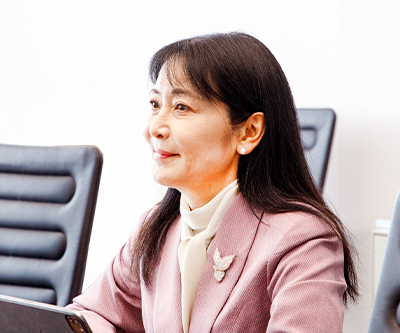
Miwa:
I think Japan has a unique context regarding women's participation in the workforce. Approaches to promoting gender equality vary significantly across countries and evolve over time, shaped by diverse cultural, institutional, and social conditions. In Japan, women's advancement remains a critical issue. However, Japanese practices do not always align easily with global standards. Some companies are taking global action to raise their ESG scores, but I don't think raising scores is the ultimate goal. What matters most is whether these initiatives meaningfully contribute to enhancing corporate value.
Companies should begin with a fundamental question: Is this truly necessary for improving our corporate value? If employees are not convinced by the measures being implemented, there is a risk that the company’s actions may become disconnected from their intended goals. Meaningful and lasting impact comes from strategies that are both aligned with corporate objectives and embraced within the organization.
Tokita:
In the past, our management has been highly independent of each region, and target figures and the message from management have differed by region. However, now that we are conducting business globally, we realize that there is no such thing as IT for Japan or the US, regardless of language issues. EVP Otsuka's department in particular is challenged with managing a multi-national team of several thousand employees. I do not believe that the goals should be changed according to regional characteristics, but the reality is that the actual situation is not keeping pace.
Miwa:
With the development of IT, it has become increasingly feasible for Head Office to maintain centralized control over global data, while still allowing regional operations to retain their local characteristics in order to run the business effectively.
Tokita:
Well, in such a large organization, it is easier to do things uniformly, so the last step of being meticulous and careful is often deferred. Alternatively, when the power to make rules and try putting them into effect comes into play, the behavior of only adhering to target numbers and doing only what is instructed to be done will transpire anyway. Since localization is necessary to ultimately deliver our value to clients, the biggest challenge is how to manage it when taking that into account.
Onishi:
I think Daikin's market-oriented production means, for example, to finalize the supply chain in the US if talking about the US, but would you have originally been particular about this?
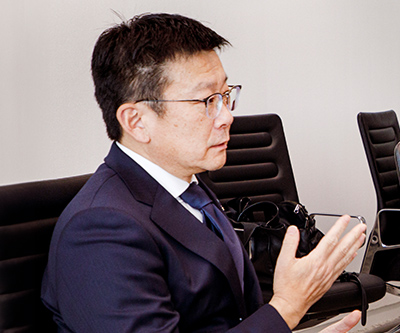
Takenaka:
HVAC business has a strong affinity with architecture, climate and local culture. That’s why, North American air conditioners are completely different models from Japanese models. We have expanded our business by contributing to the local community through local production and sales. Nevertheless, as we look toward 2035, for our business expansion into Global South including Africa, we should consider the possibility to have a single location for production. Even though there is a regional R&D center in each region, Japan R&D works as a control tower for global R&D initiatives. Japan R&D has core production technology and technological development and demonstrates them to overseas R&D.
Tokita:
Over its 100-year history, I felt that Daikin's corporate culture and what it should be like have been firmly established and diffused, and that local production for local consumption is the result of this. The local production for local consumption model is an ideal form, but we have been unable to achieve it successfully. We have upheld a corporate philosophy for a long time, but the decision to stipulate Our Purpose in 2020 also means that as Fujitsu, we are spreading the word about what we should be like for society. Amidst the rapidly changing international situation, we need to conduct management that refers to what Fujitsu actually is and what we should be as a company.
Miwa:
Investors in Japan and abroad increasingly expect Japanese companies to communicate their ESG initiatives clearly, as this has become a global standard. In addition to addressing social and environmental sustainability, we must also ensure our own corporate sustainability—otherwise, we risk losing the trust of our stakeholders. I hope we can continue to manage our company with a firm sense of purpose, staying true to both our corporate identity and the expectations of society.
Improving Productivity through Digitization
Tokita:
We are in the midst of an unprecedented boom in AI, and as a technology company, we must be on the side of driving our clients' use of it. However, while the use of AI requires considerable electric power, it should not be a hindrance to the sustainability and ESG initiatives of our clients. To solve this problem in an innovative way, we are developing processors with high computing power and remarkably lower power consumption. I believe it is imperative that our stakeholders understand these initiatives.
Takenaka:
We believe that DX and AI evolution lead the innovation for our sustainable growth. It is important to clarify how DX and AI evolution contribute to our business restructure. Today, in China and the US, AI works automatically to save energy in a building. In the past, it was usual that service engineers and technical experts worked for the maintenance including air conditioners. Now, building owners can do the maintenance work with technologies. We cannot discuss our future business without DX. What one company can do is so limited. We would like to have Fujitsu's support.
Onishi:
We have been discussing this with our research team about once every six months, and believe that we can collaborate on the value of air to business aspect. We would like to contribute the value of advanced technologies such as quantum computing.
Takenaka:
From this year, I think that DX becomes more essential in all areas and business scenes, due to changes in the world situation and advances in digital technologies such as AI. On the other hand, I believe that methods become simpler. With DX, how can we connect directly with our customers? How can we visualize the value and return? It is the time to simplify all the complexities by technologies. I believe that top management leads the simplification, and digital technology is the key to the changes.
Conclusion
Takenaka:
Fujitsu has cutting-edge technology and puts the sustainability as a core business strategy. I think that management always needs innovation and transformation. We would like Fujitsu to support us with the experience and knowledge on how to make business management more sophisticated. It is difficult for one company to realize a circular economy across companies. We would like to work together with Fujitsu to build a platform across industries. I believe that we have the responsibility to bring digital technology to the real world through our business. I look forward to the partnership through air conditioning business.
Miwa:
While the global landscape is undergoing rapid change and uncertainty about the future continues to grow, I hope that Daikin and Fujitsu will continue to develop sustainable businesses by leveraging digital transformation (DX) that emphasizes harmony—an ideal deeply rooted in Japanese culture. We look forward to Fujitsu’s continued efforts to visualize its unique non-financial impact as part of a service offering that creates shared value with its clients.
Tokita:
As I mentioned earlier, the supercomputer K computer* consumed 12 MWh of electricity per hour. Approximately 10 years later, the current power consumption of the supercomputer Fugaku* is 30 MWh. With the transition from K computer to Fugaku, power consumption has more than doubled, but performance has also dramatically improved 40-50 times.
Going forward, we will continue to pursue the development of computing with even lower power consumption. We aim for our stakeholders to understand and value our efforts and challenges. We will contribute to our clients' business growth by enabling them to utilize our technologies, including AI. We would like to proactively create opportunities for common understanding, and look forward to working with you in the future.
Takenaka:
As Chairman Emeritus Inoue said, it is important that employees become leaders who can inspire people by using data and how the leaders can motivate their members. The key is always people; how we understand data and motivate people to take actions.
Tokita:
Trust is so important.
- *The K computer and the supercomputer Fugaku: jointly developed by RIKEN and Fujitsu.

